
realtor.com
When real estate agent Sandra Fiorenza and her husband looked for a house in South Florida, the couple had a few must-haves on their list.
For starters, they wanted a home in the super-secure Coral Gables neighborhood of Gables Estates. The couple also wanted a place with at least four bedrooms, one each for their three daughters and one for themselves. They also wanted a home that promoted family activities, so an open concept was a necessity.
A few other features they were looking for were a little harder to come by when browsing through existing inventory.
“I needed three equally sized rooms with bathrooms and patios of the same size, for my daughters,” Fiorenza said. “We also needed a gym. We are all very into health and exercise.”
Fiorenza and her husband scoured the Coral Gables area, but nothing fit their needs, so they opted to build their own mansion instead. Now, the house they made home is on the market for $25 million.

realtor.com

realtor.com
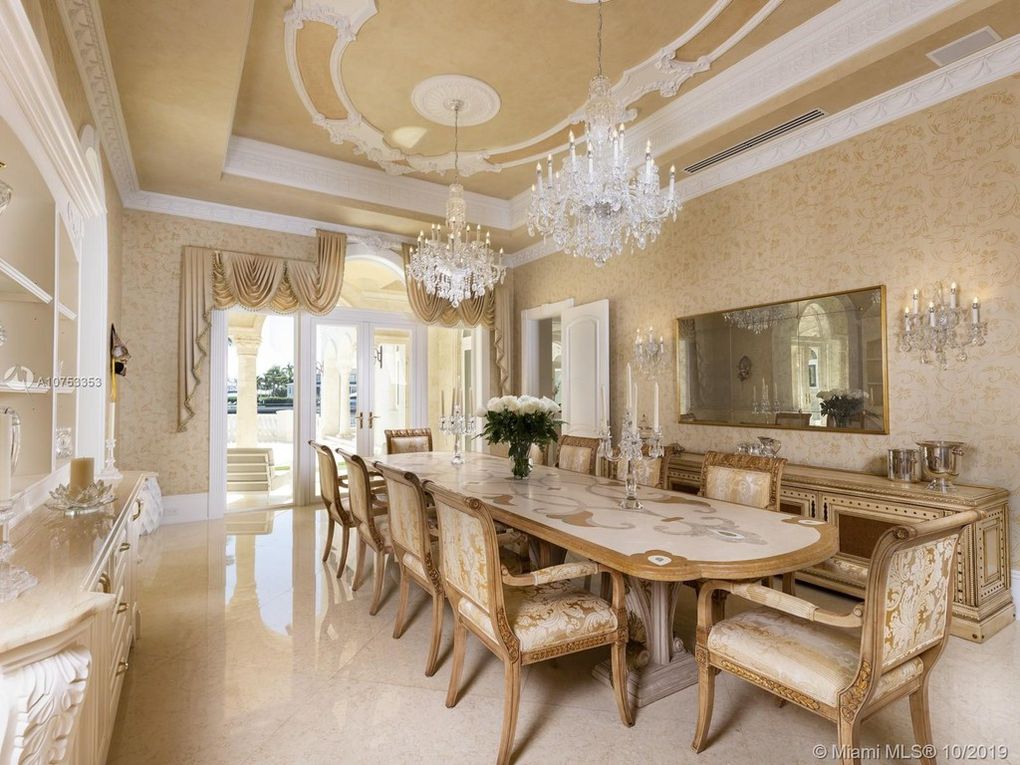
realtor.com

realtor.com
The completely custom, 13,216-square-foot home ticks all of their boxes and offers much more. There’s a pool and outdoor living space, a wine cellar, staff quarters, and Swarovski crystal chandeliers in every room—even the bathrooms.
However, one of the home’s unique aspects is that it’s swathed in $3 million worth of marble. The entire facade of the exterior is covered in marble. Inside, bathrooms, floors, and walls are made of marble as well.
The sheer quantity of marble used in this home’s construction had us asking questions. First of all, how does a builder obtain that much marble? And what about installation and upkeep? To find out, we consulted Patrick Pepin, managing partner of Ciot, an importer and retailer of housing materials.
Importing
Fiorenza said all of the marble for her mansion came from one quarry in Mérida, Mexico. She says, “I knew what color I wanted, and I wanted it all to match.”
That isn’t unusual, said Pepin.
“Marble comes from quarries all over the world. South Africa, Canada, Mexico, Europe, the United States. Many quarries produce enough stone to cover one house each week.”
Well before the marble is shipped to the house, a team of experts has a number of details to puzzle through.
“First, you go to your architect,” said Pepin. “If you’re going to apply marble to the walls of the home, you need to make sure the home is built to receive marble.” An architect must consider the stone and its weight before drawing up plans.
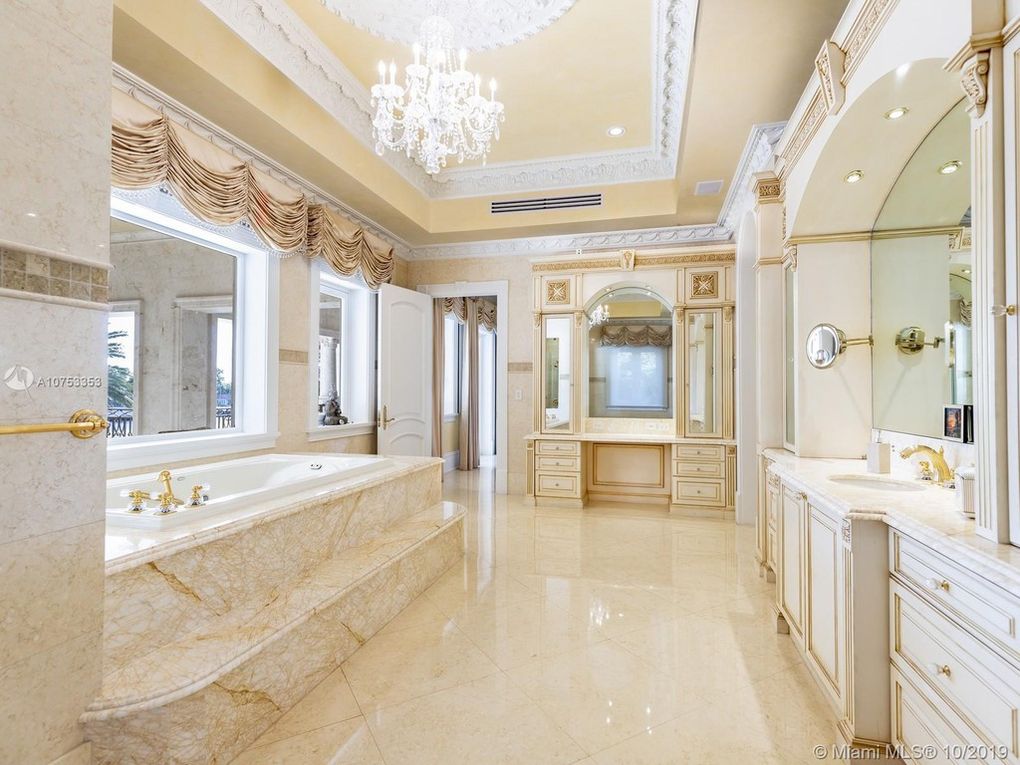
realtor.com
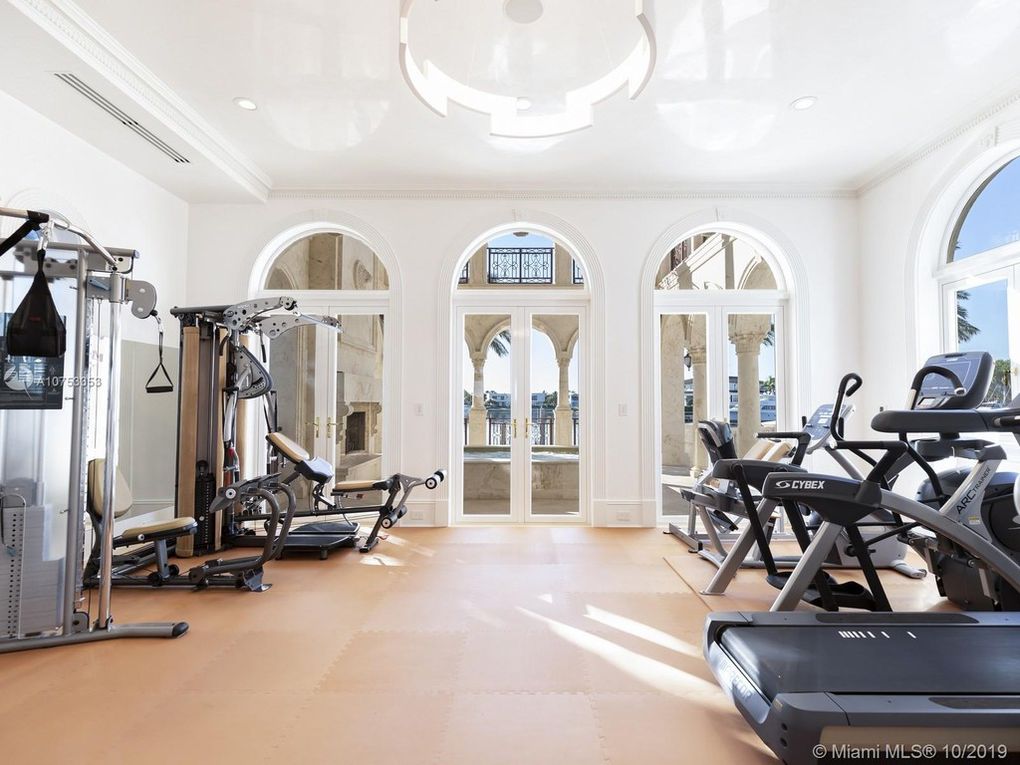
realtor.com
After the plans are in place, contractors, designers, and installers need to figure out the logistics. They will draw out the home and how the marble will fit. The process is like putting a puzzle together.
If marble is being used on a home’s exterior, thicker, heavier slabs of marble are used. “The weight factor is important to consider. Once that’s specified, the builder will reach out to the supplier that has the capability to execute the importing,” Pepin explained.
For the Coral Gables mansion, choosing the marble before importing was a pretty special experience. “The marble for the house was hand-picked,” said Fiorenza. “We were invited to Mexico to pick it.”
Once the stone is picked and the amount of marble required is calculated, the process begins. Based on the size of slabs needed, the thickness, and the amount of stone required to complete the job, a stonemason will cut every piece of stone to the required specifications.
“You might need hundreds of pieces in different sizes,” said Pepin. The marble is then packaged and shipped—usually by boat—if coming from a quarry overseas.
Installation
Pepin told us that installation for interior spaces, like bathrooms and floors, is fairly standard.
“Inside, you’re using tiles which are thin and easy to install with thinset,” he said.
Marble installation on the exterior is always more complicated.
In addition to the weight of the stone, “You also have to think about the weather,” says Pepin. In Florida, hurricanes present a problem, so contractors need to go above and beyond when securing marble to the facade of a home.
“The contractor should have a specialized team for the outside installment,” Pepin explains. “They’ll need to use anchoring systems and [have] proper footing in place.”
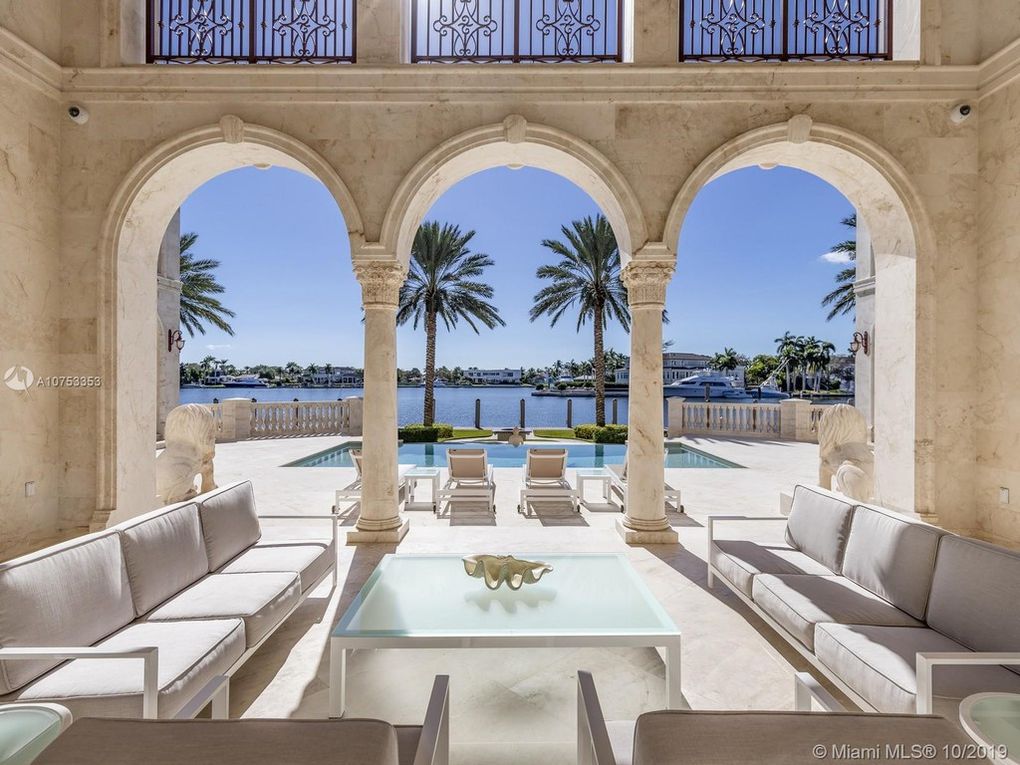
realtor.com
Upkeep
Marble is a softer stone than granite or quartz. As a result, it’s more susceptible to scratching.
“For interior spaces, the marble needs to be sealed to prevent scratching and staining,” Pepin explained. He suggests sealing once a year.
Even so, scratches will occur, so it’s recommended to have the marble polished as well. Pepin suggests one polish a year, or at least once every two years, depending on an owner’s lifestyle.
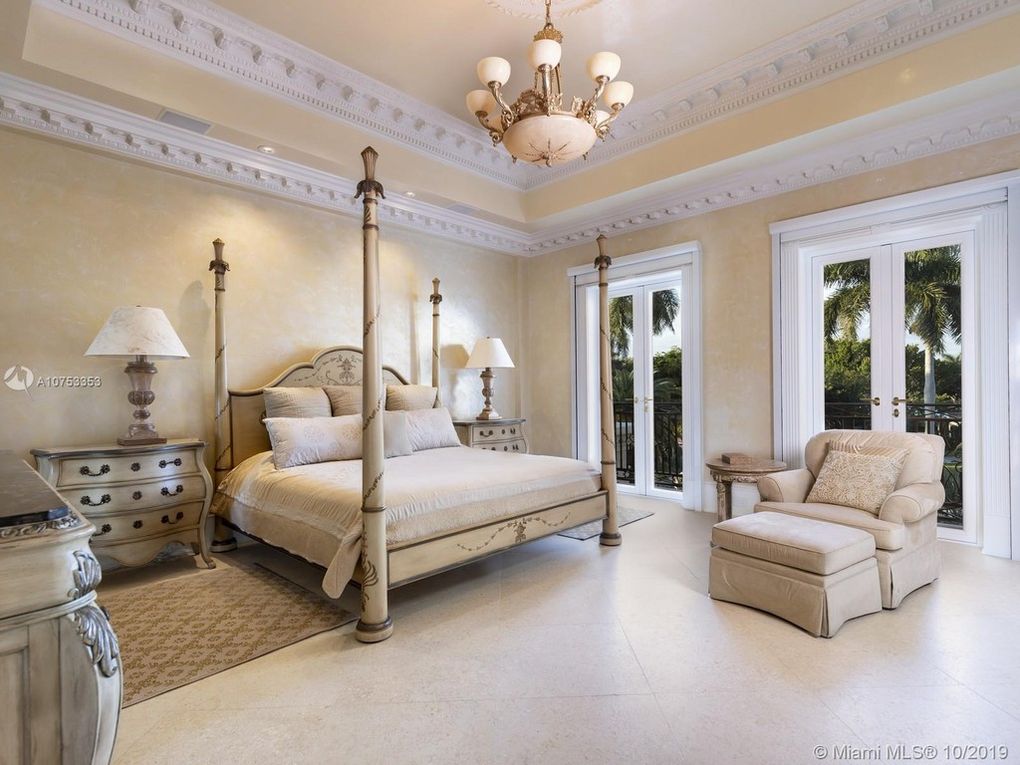
realtor.com
“We have a polisher come in twice a year,” says Fiorenza. She told us the frequency makes sense in high-traffic areas of the home that see scratches more often.
As for the outside of the home, which has a natural finish, maintaining the marble is a little less laborious.
“Typically on the outside, you don’t seal the stone, Pepin said. “The stone will age. There’s not much to be done about that, so you don’t really need to do much on the outside. Power-washing is about it.”
And there you have it: your inside scoop on the world of marble. And if you’re interested in a home full of it, maybe this Gable Estates mansion is for you.
The post Marble Madness! This $25M Mansion Has $3M Worth of Marble appeared first on Real Estate News & Insights | realtor.com®.
source https://www.realtor.com/news/unique-homes/marble-madness-25-million-mansion-3-million-worth-of-marble/
No comments:
Post a Comment